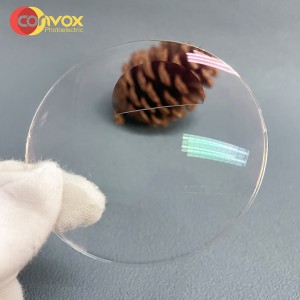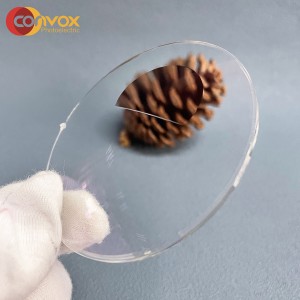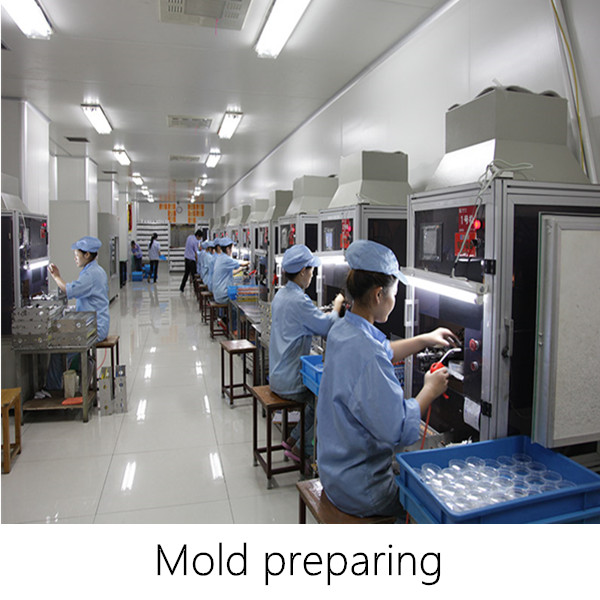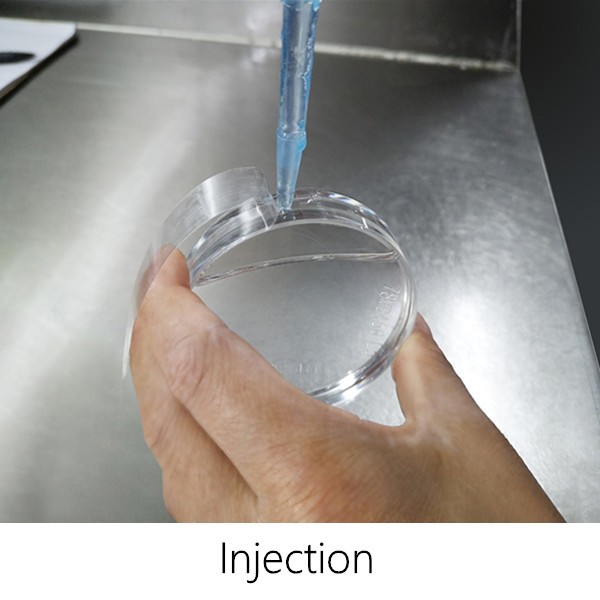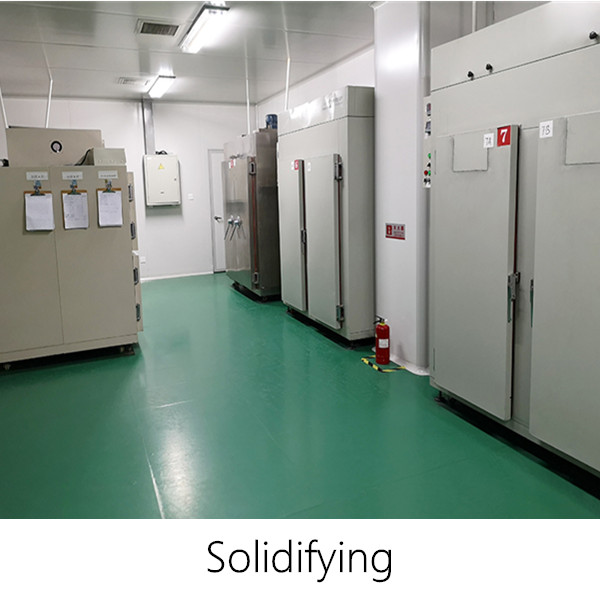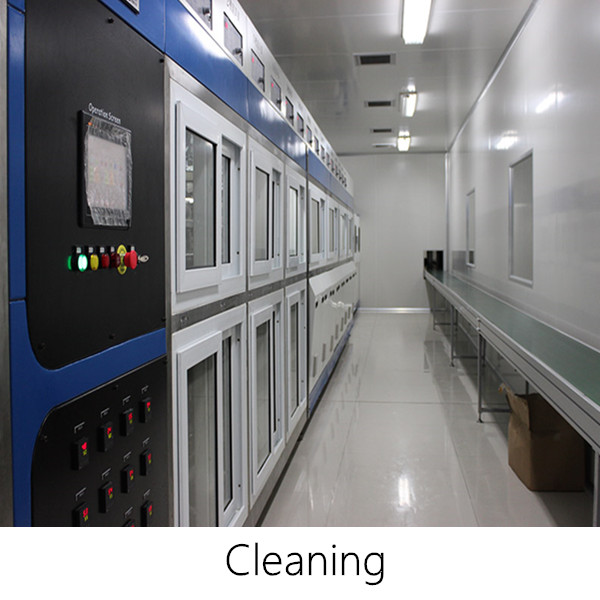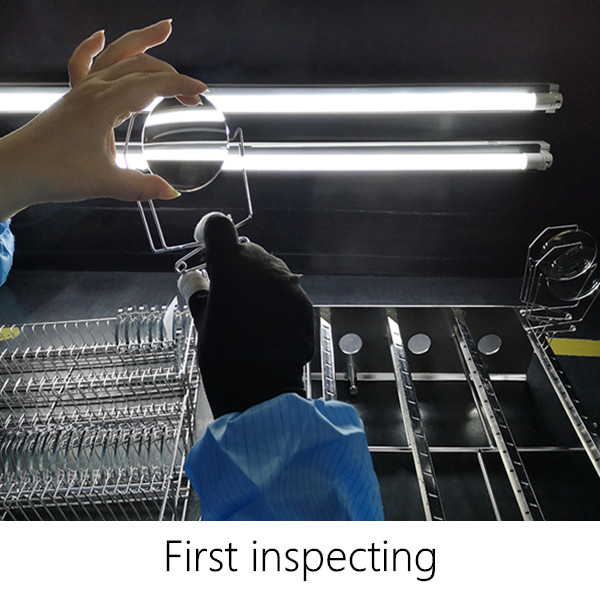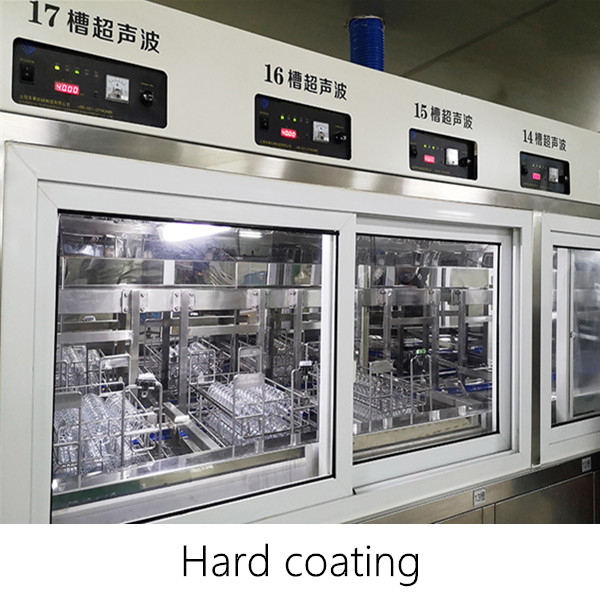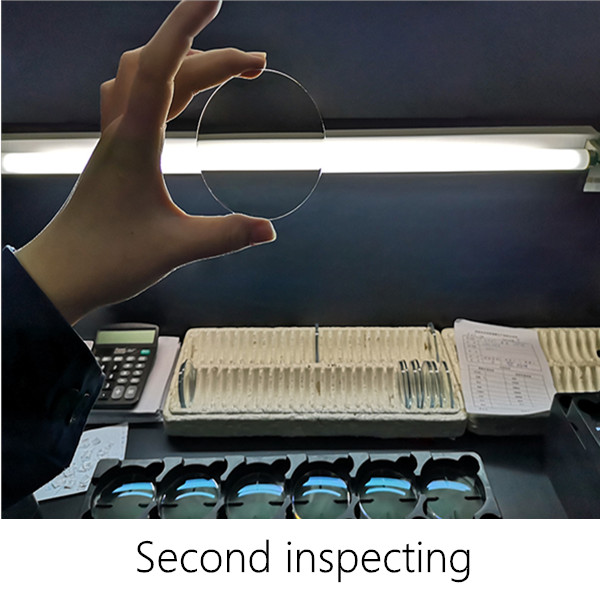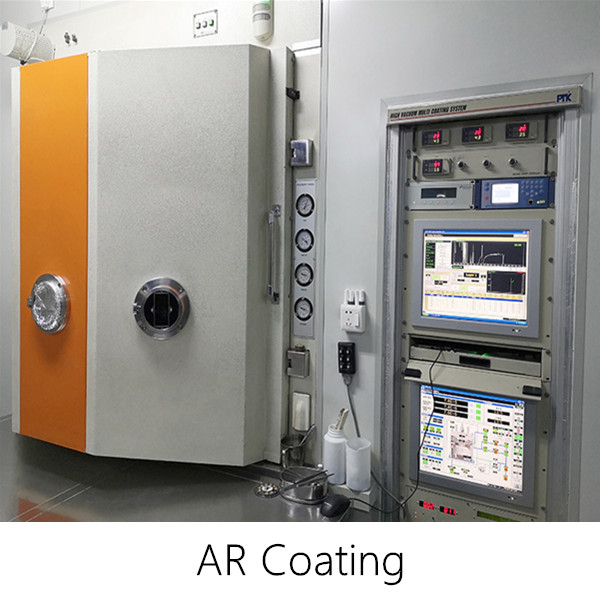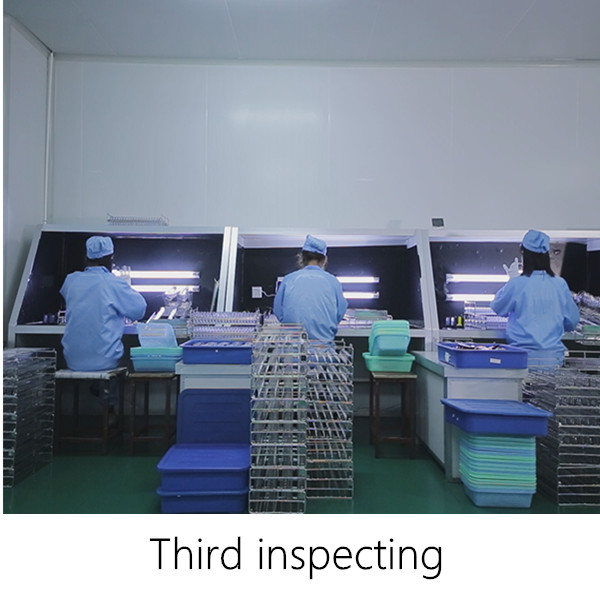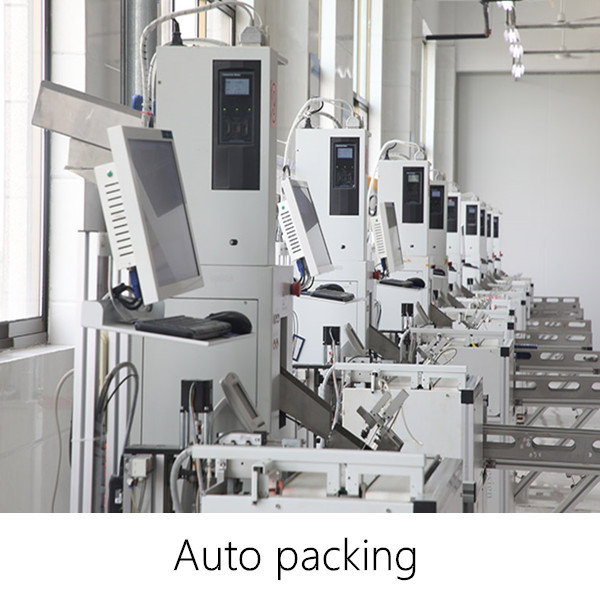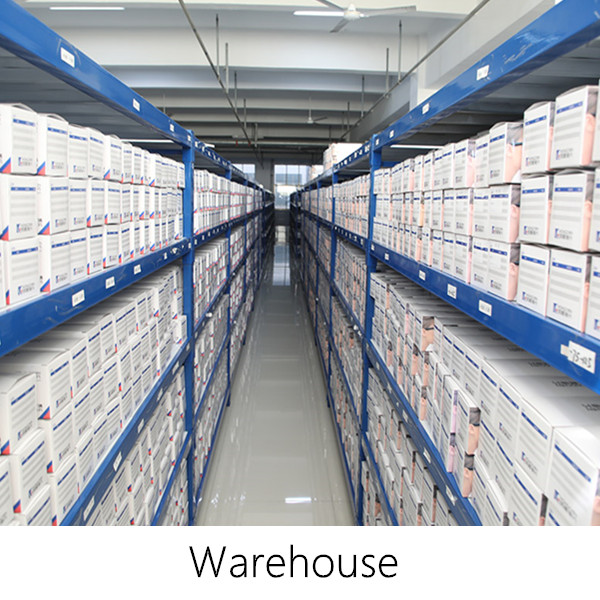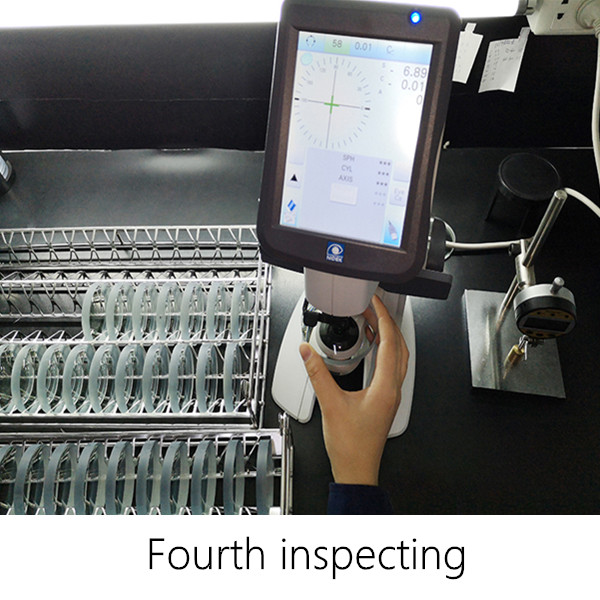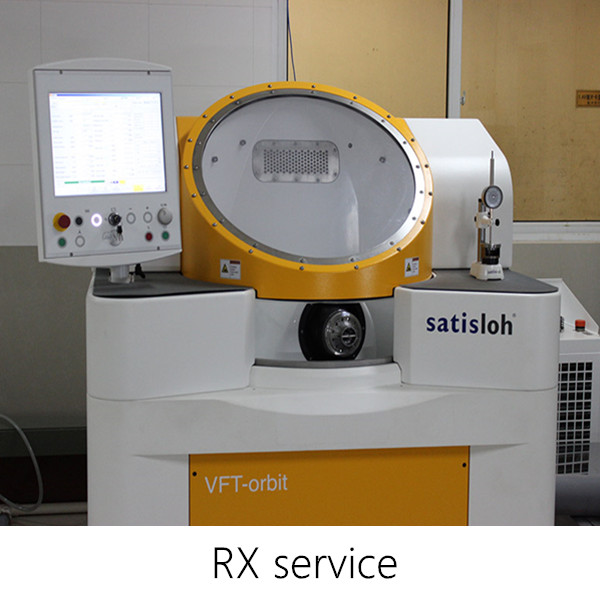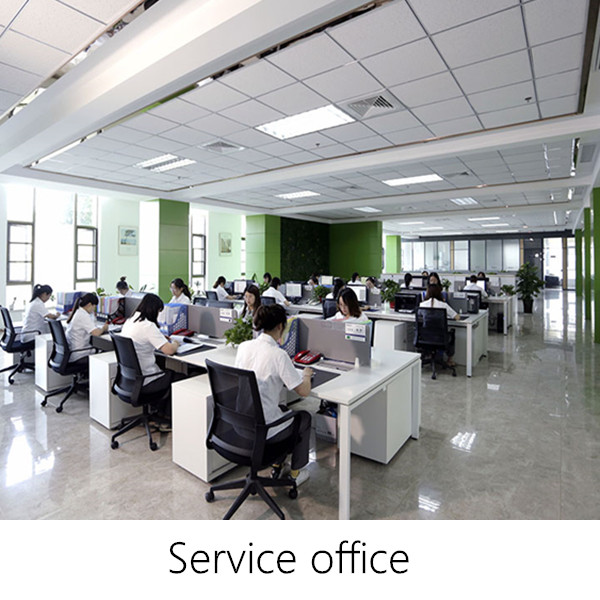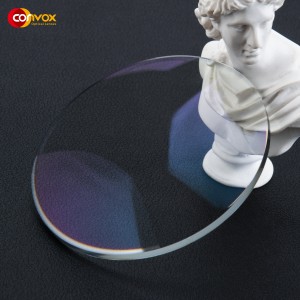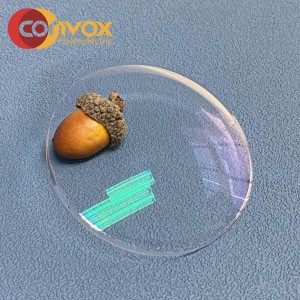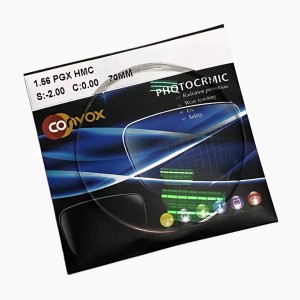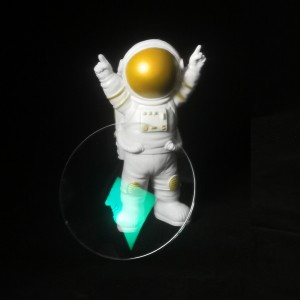1.59 PC Flat top bifocal HMC optical lens
Products Description
Polycarbonate
Offer extremely greater impact, scratch resistance
| Index | 1.59 |
| Diameter | 65/72 mm |
| Multi color | Green |
| Monomer | Polycarbonate |
| Abbe value | 32 |
| Specific gravity | 1.20 |
| Coating | HMC, EMI, UV, Progressive, Bifocal, Photochromic |
Main Features
Ultramodern new materials
What are the advantages and disadvantages of polycarbonate spectacle lenses?
Polycarbonate lenses are made by injection moulding. These lenses have good impact resistance and therefore are ideal for children, sports and industrial purposes. It also has good UV protection and a higher refractive index than CR39.
The disadvantages of polycarbonate lenses include the fact that their abrasion resistance is poor, but when an anti scratch coating is added to this the impact resistance is reduced slightly. These types of lenses cannot be tinted easily.
What Are Bifocal Lenses & How Do They Work?
There are many different variations of lenses available today, many of them fulfilling the same purpose or even multiple purposes. In this month’s blog post we will discuss bifocal lenses, how they function, and what the benefits of them are for various vision impairments.
Bifocal eyeglass lenses contain two lens powers to help you see objects at all distances after you lose the ability to naturally change the focus of your eyes due to age, also known as presbyopia. Due to this specific function, bifocal lenses are most commonly prescribed to people over the age of 40 to help compensate for the natural degradation of vision due to the aging process.
Regardless of the reason you need a prescription for near-vision correction, bifocals all work in the same way. A small portion in the lower part of the lens contains the power required to correct your near vision. The rest of the lens usually is for your distance vision. The lens segment devoted to near-vision correction can be one of several shapes:
• A half-moon — also called a flat-top, straight-top or D segment
• A round segment
• A narrow rectangular area, known as a ribbon segment
• The full bottom half of a bifocal lens called the Franklin, Executive or E style
Products Show
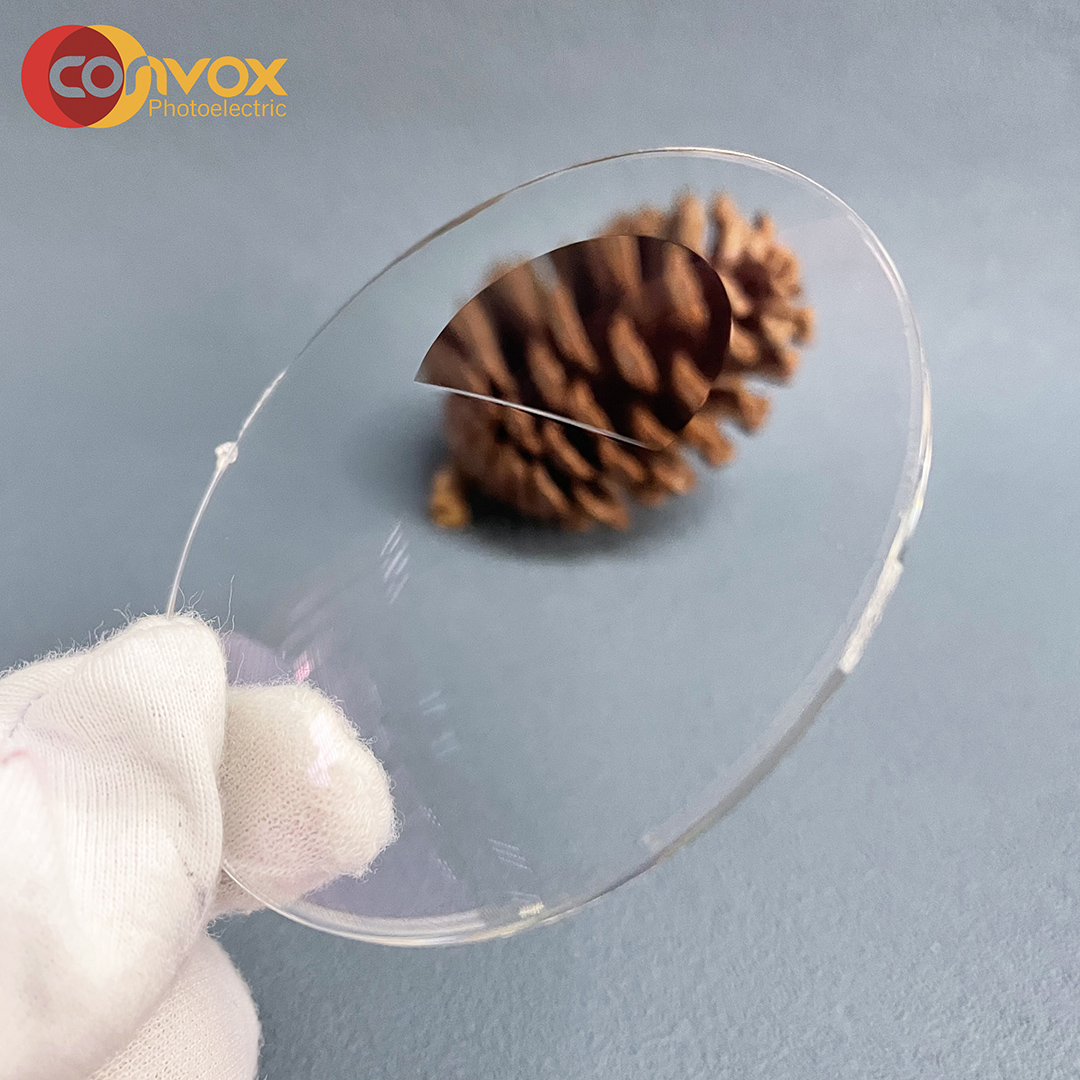
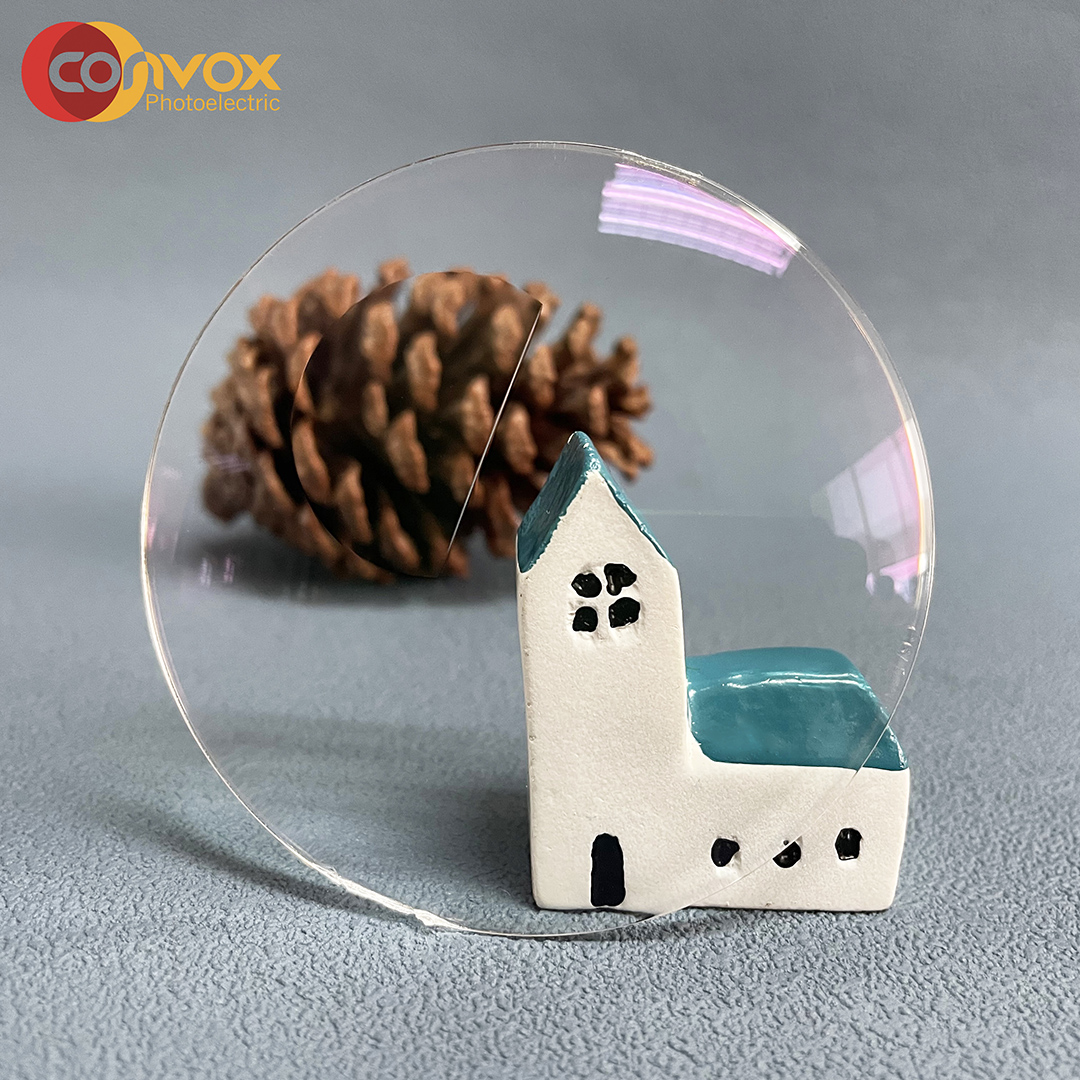
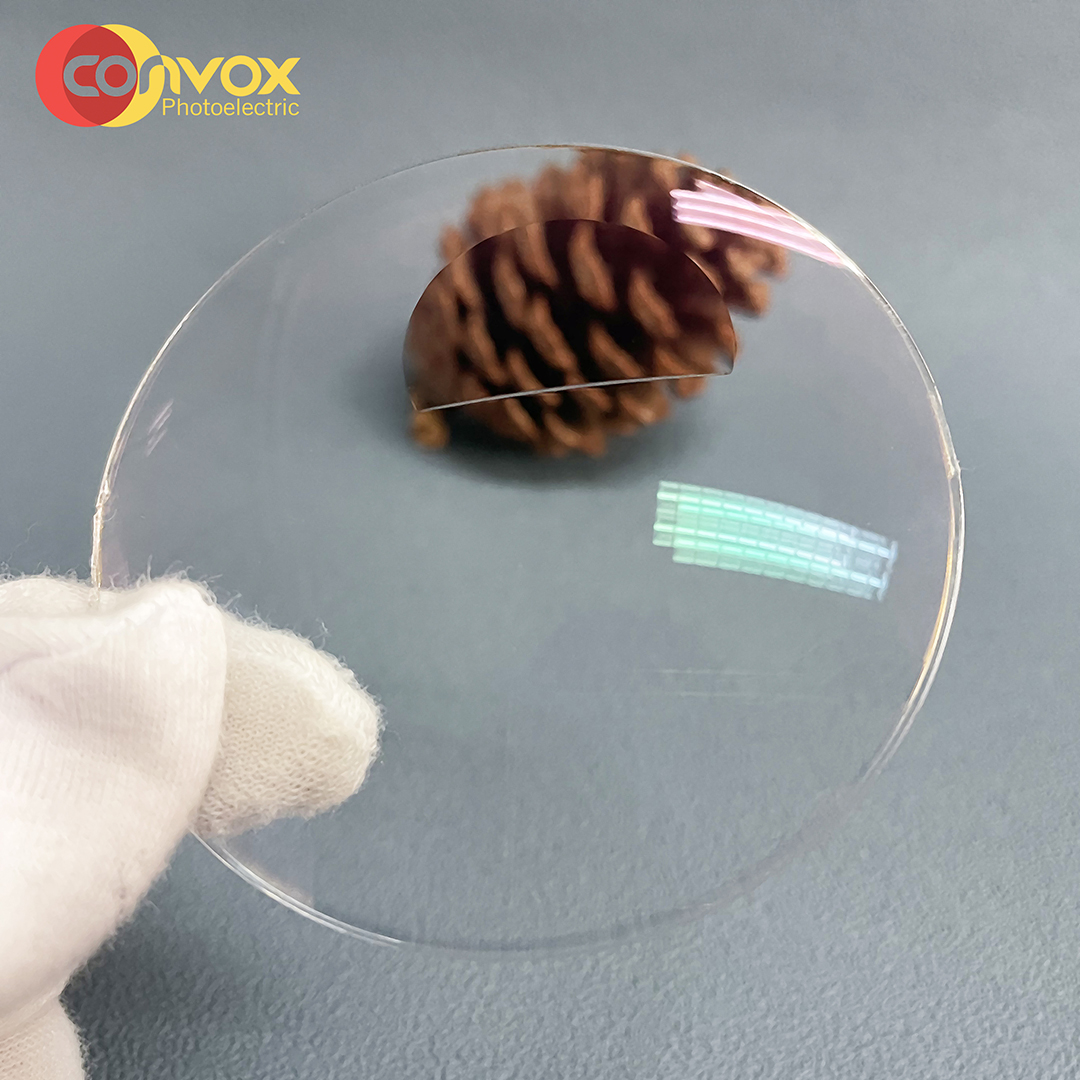
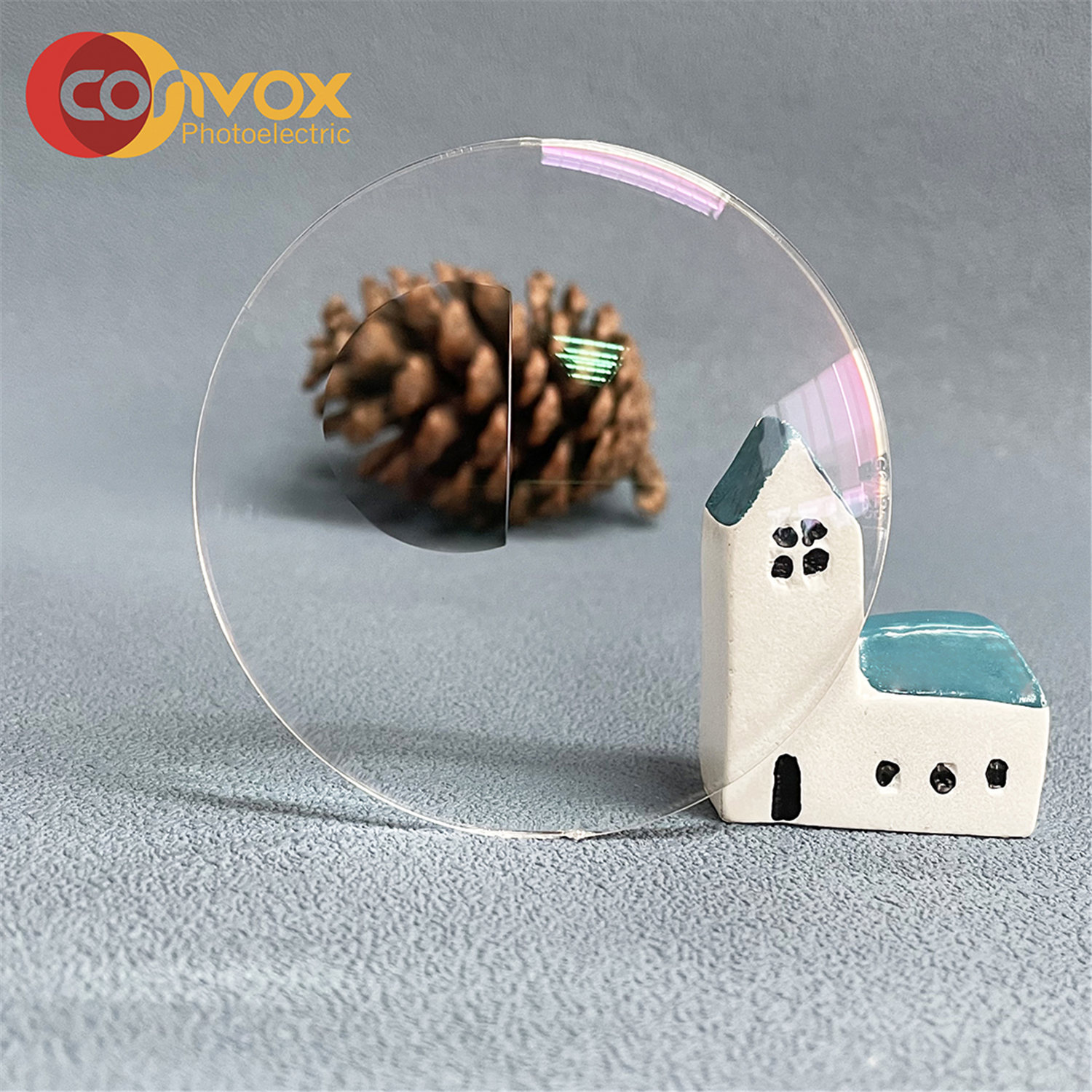
Product packaging
- Packaging Details
1.56 hmc lens packing:
envelops packing (For choice):
1)standard white envelops
2)OEM with customer's LOGO, have MOQ requirement
cartons: standard cartons:50CM*45CM*33CM(Every carton can include around 500 pairs lens,21KG/CARTON)
Port:SHANGHAI
Shipping & Package
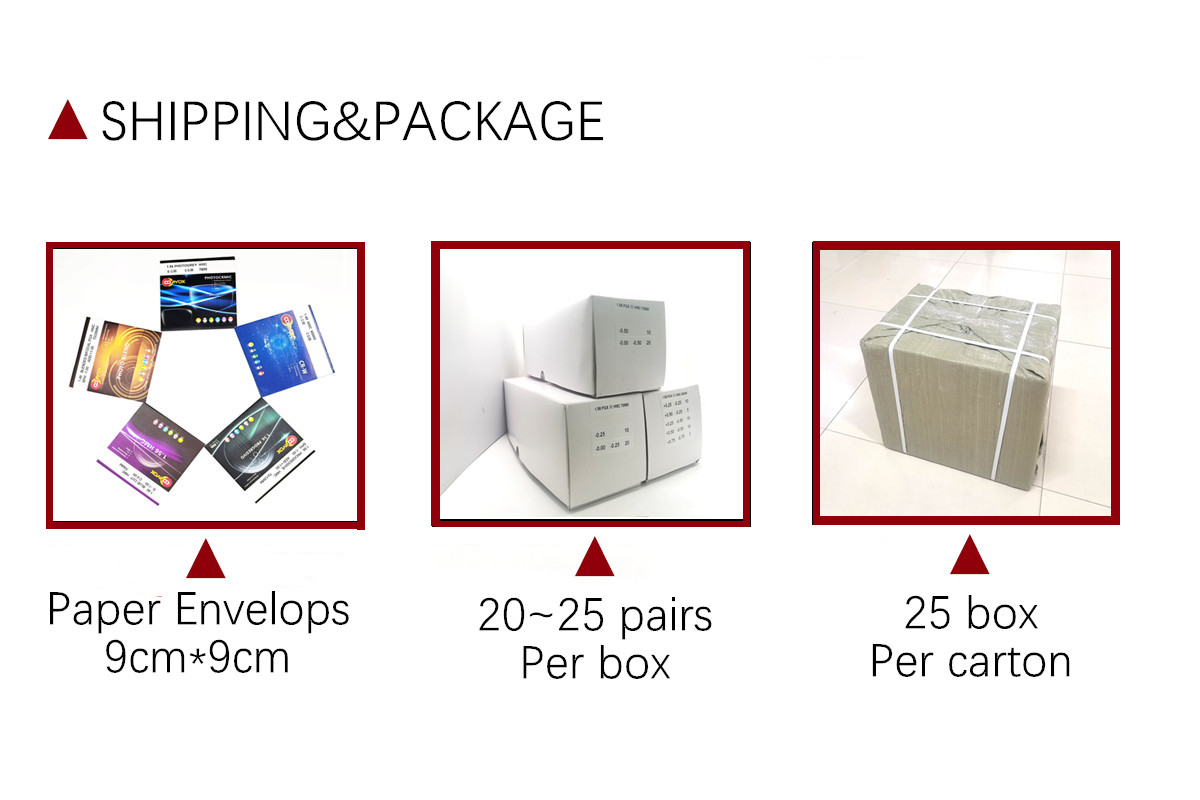
Production Flow Chart
About Us

Certificate

Exhibition
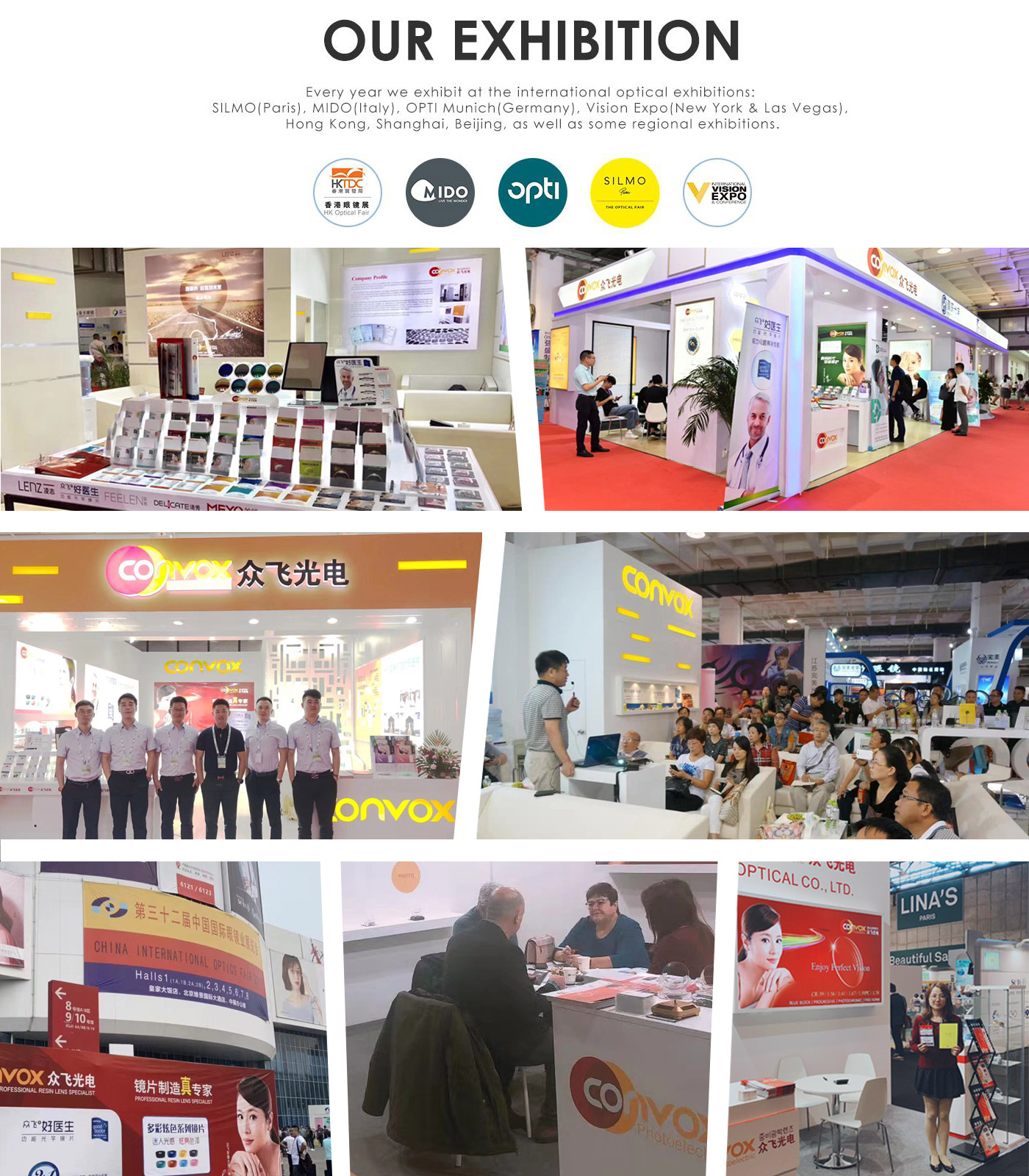
Our Products Testing

Quality Checking Procedure

FAQ



